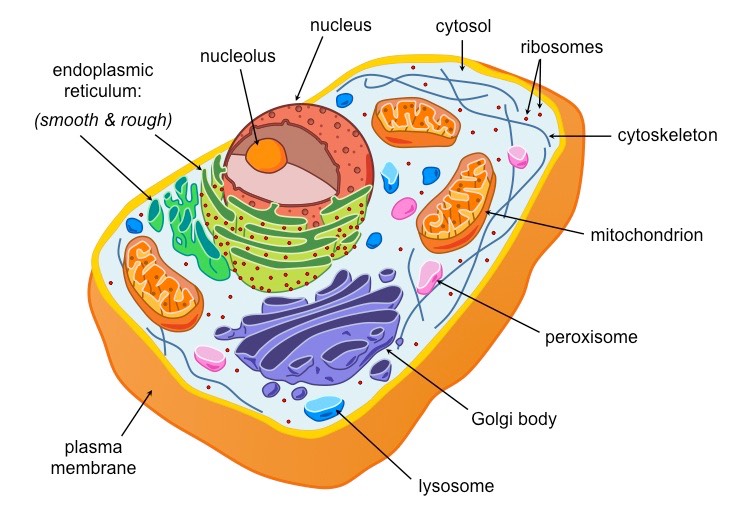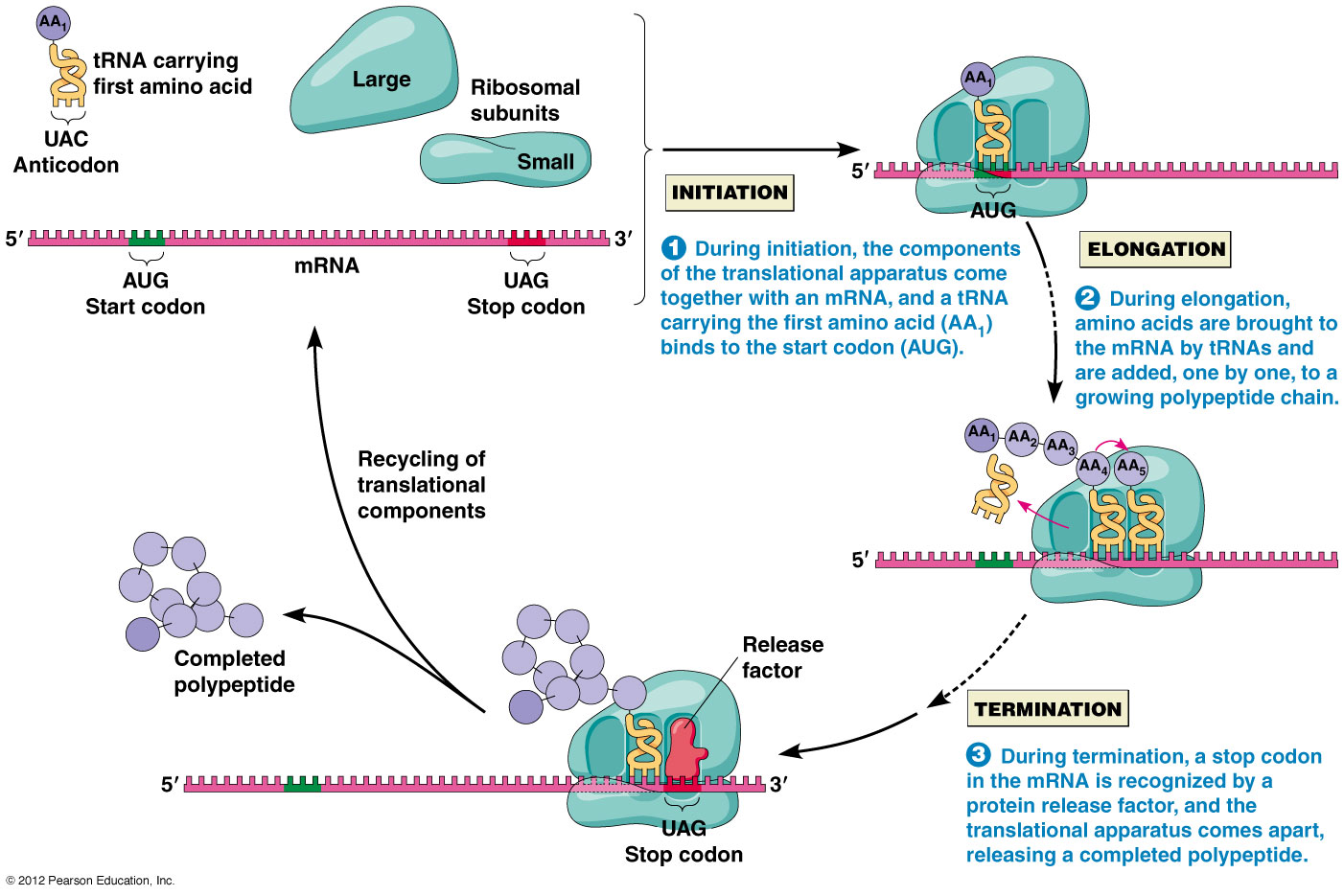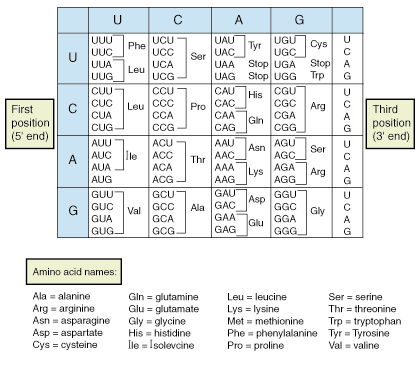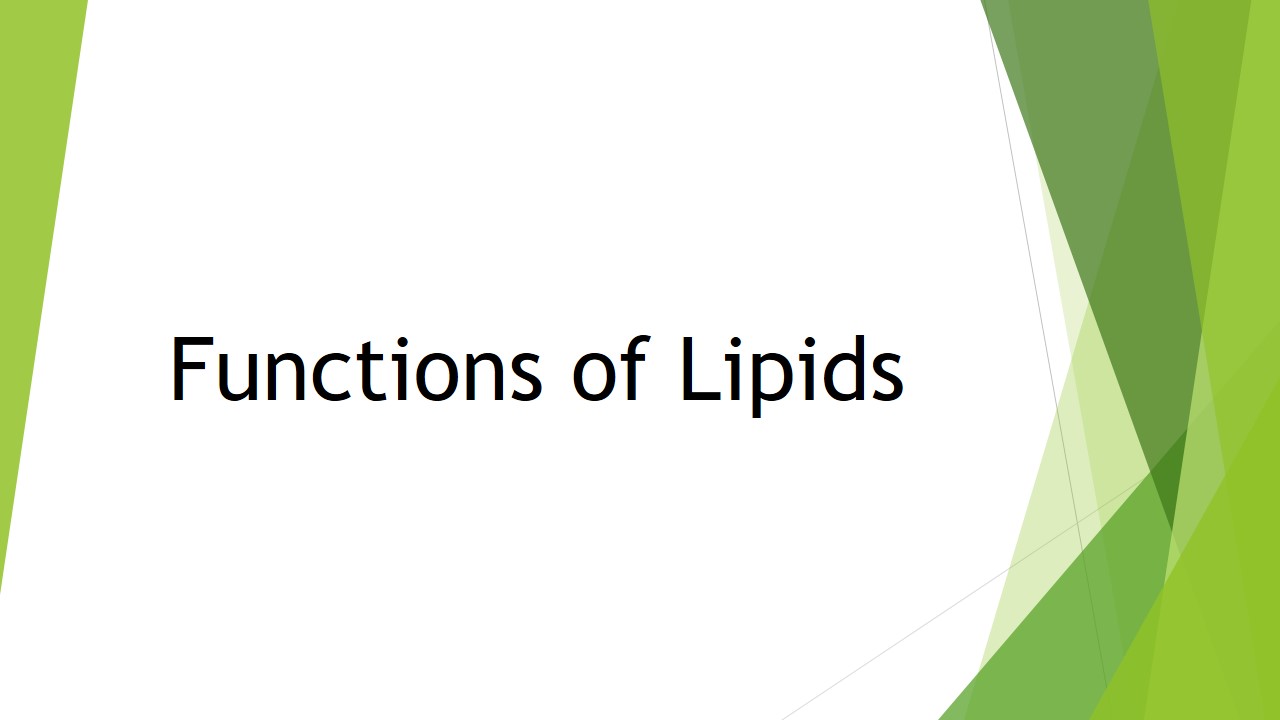Characteristics of Eukaryotic Cellular Structures
Before diving into the characteristics of eukaryotic cellular structures, let’s start with the basics. Eukaryotic cells, the building blocks of complex organisms ranging from fungi to plants and animals, are marvels of biological organization and sophistication. What sets them apart from their prokaryotic counterparts, such as bacteria and archaea, are their intricate and compartmentalized cellular …







